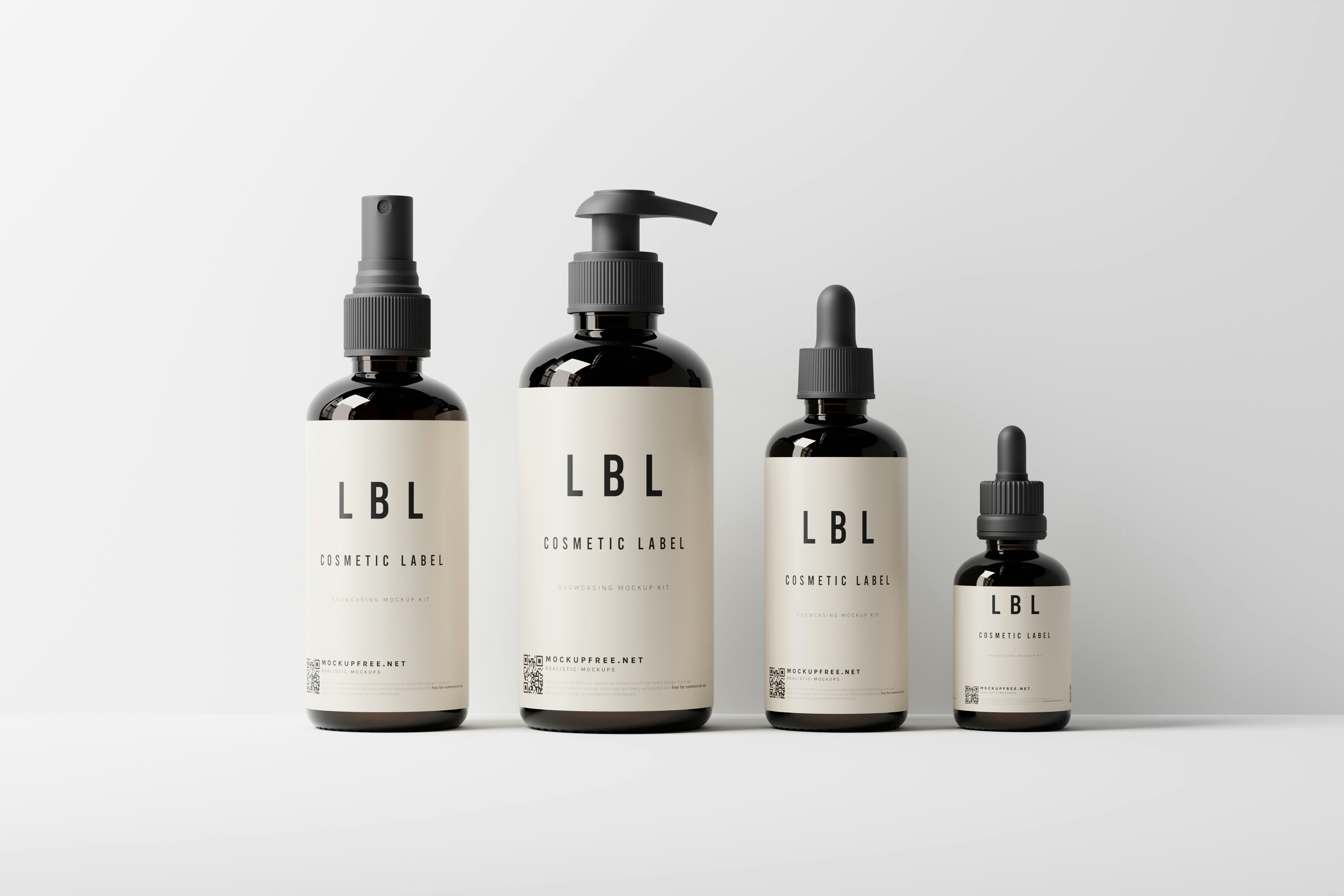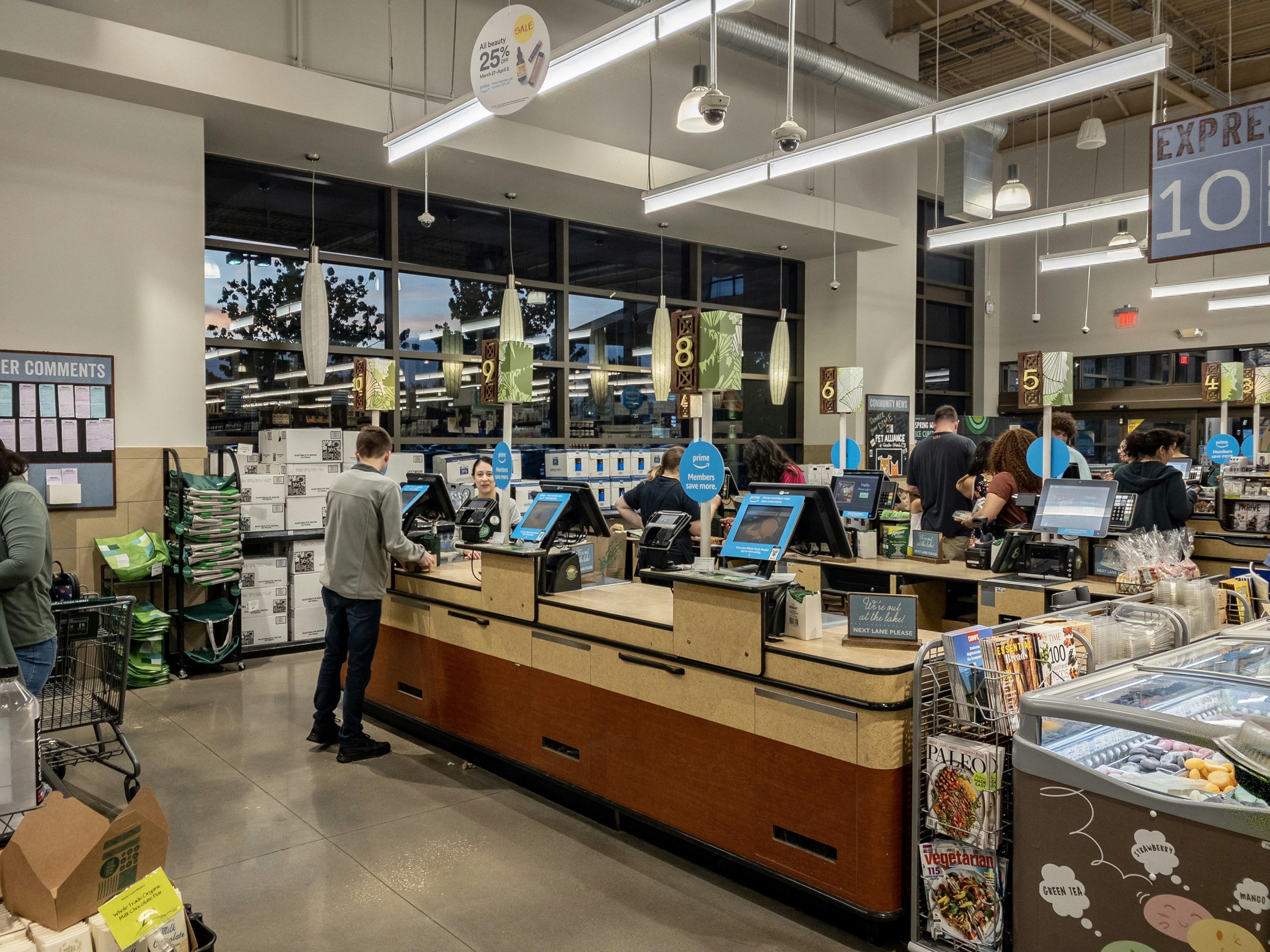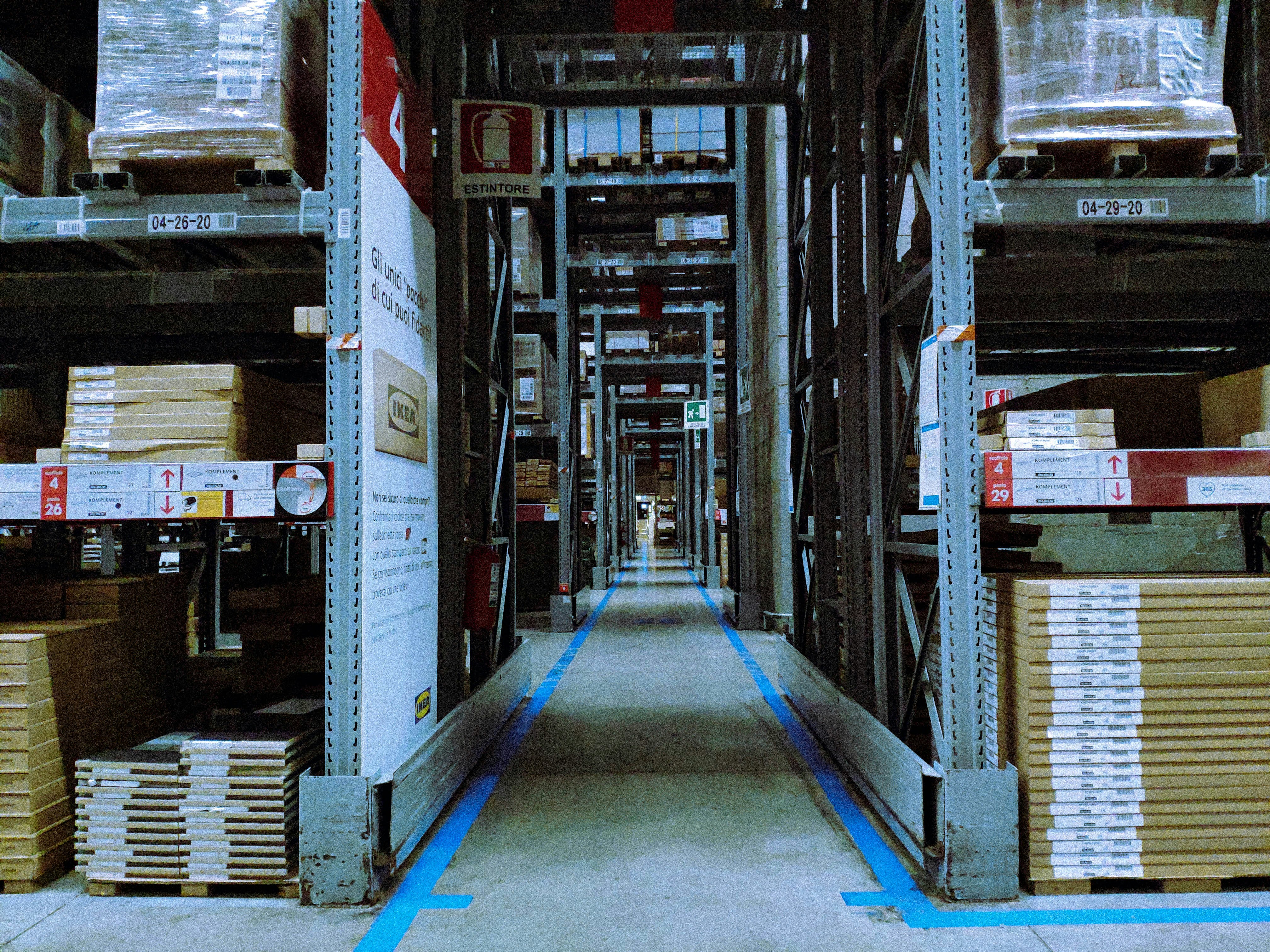Introduction to Barcodes in Cosmetics
Barcodes, also known as Universal Product Codes (UPCs), are machine-readable representations of data that serve a critical function in the modern retail environment. Developed in the early 1970s, barcodes were originally intended to streamline the checkout process and enhance inventory management. These graphical symbols consist of a series of parallel lines and spaces, each representing a specific number or character, and are designed to be read by optical scanners. Their introduction revolutionized the way goods were sold and tracked, particularly in the fast-paced world of retail.
In the cosmetics industry, barcodes are indispensable for various reasons. Firstly, they facilitate efficient inventory management by allowing retailers to monitor stock levels with precision. This capability ensures that popular cosmetic products are readily available while minimizing overstock and wastage. As a result, businesses can maintain a delicate balance between supply and demand, which is crucial in an industry characterized by seasonal trends and changing consumer preferences.
Additionally, barcodes play a significant role in sales tracking. Retailers can analyze purchasing patterns, enabling them to adjust marketing strategies and promotions accordingly. By leveraging data obtained from barcodes, companies can identify best-selling products, monitor price changes, and enhance customer experiences during the purchasing process. Furthermore, barcodes contribute to improved accuracy at the point of sale, as they eliminate manual entry errors, thus expediting transactions and enhancing customer satisfaction.
Overall, the use of barcodes in the cosmetics domain extends beyond mere inventory control; it encompasses broader aspects of consumer engagement and efficient commerce. Understanding their origin and significance illuminates the integral role these tools play in shaping contemporary purchasing behavior and operational efficiency in the beauty industry.
Types of Barcodes Used in Cosmetics
Barcodes play a crucial role in the cosmetics industry by facilitating product identification and inventory management. The various types of barcodes found on cosmetic products include Universal Product Code (UPC), Quick Response (QR) codes, and other specialized variations like Data Matrix codes and PDF417 codes.
The Universal Product Code (UPC) is perhaps the most widely recognized barcode format. Comprising 12 digits, this one-dimensional barcode is primarily used for retail products to streamline the checkout process. Its advantages include ease of scanning, which significantly enhances accuracy and efficiency at point-of-sale systems. Moreover, the UPC is essential for tracking sales data, enabling manufacturers and retailers to analyze consumer purchasing habits effectively.
Quick Response (QR) codes are another prevalent type of barcode used in cosmetics. Unlike UPCs, QR codes can store a significantly larger amount of information, including URLs, product details, and promotional material. This two-dimensional barcode has grown in popularity due to the increasing use of smartphones, allowing consumers to easily access information about a product simply by scanning it. This capability not only aids in consumer education but also enhances marketing strategies by linking to promotional campaigns directly.
In addition to UPC and QR codes, other variations like Data Matrix codes are gaining traction, particularly in luxury cosmetics. Data Matrix codes can encode extensive information within a small symbol, making them ideal for tiny packaging where space is at a premium. Similarly, PDF417 codes are used for applications requiring larger data capacity, such as loyalty programs or other consumer interactive features.
Understanding the different types of barcodes present on cosmetic products can help consumers and retailers navigate the complexities of product tracking, marketing, and purchasing behaviors effectively. Each barcode type serves a distinct purpose that ultimately contributes to the overall operational efficiency within the cosmetics sector.
How Barcodes Improve Product Tracking and Security
Barcodes serve a crucial function in the cosmetics industry, particularly in improving product tracking and enhancing security measures. The utilization of barcodes allows manufacturers and retailers to efficiently monitor inventory levels, ensuring that stock is accurately accounted for at all stages of the supply chain. For instance, when shipments of cosmetic products arrive at retail locations, barcodes expedite the checking-in process, facilitating swift updates to the inventory management systems.
Furthermore, barcodes play an instrumental role in managing shipments. Each product is assigned a unique barcode that carries essential information about the item, including its origin, batch number, and expiration date. This unique identification not only simplifies the tracking of individual items through the supply chain but also reduces the risk of misplacement or loss. An example of this can be seen in large beauty retailers that implement barcode scanning systems to streamline the receiving process and ensure that all products are accounted for with minimal human oversight.
One of the significant advantages of using barcodes in cosmetic products is their effectiveness in combating counterfeit items, which have become a prevalent issue in the beauty industry. By incorporating barcodes, manufacturers can provide an additional layer of security by allowing consumers to verify the authenticity of the product. For example, several high-end cosmetic brands have initiated programs where customers can scan barcodes with their smartphones to confirm the product’s legitimacy and access detailed information regarding the brand’s commitment to quality and safety.
In conclusion, the integration of barcodes in cosmetic products not only enhances inventory tracking and shipment management but also contributes to a more secure shopping experience for consumers. The successful implementation of barcodes within the beauty sector illustrates their essential role in promoting a trustworthy marketplace.
Barcodes and Consumer Engagement
In recent years, the integration of barcodes on cosmetic products has transformed the way consumers engage with brands. Among various barcode types, QR codes have gained prominence due to their ability to offer an interactive experience. When scanned with a smartphone, these codes can direct users to a wealth of information, including product details, usage tips, promotional offers, and even tutorials. As a result, brands are leveraging these capabilities to enhance customer interaction and foster a deeper connection with their audience.
Brands use QR codes strategically on packaging to provide consumers with a seamless bridge between the physical product and the digital world. For instance, by scanning a QR code, customers can unlock access to exclusive content or special promotions that may not be readily available on the packaging. This innovative approach not only enriches the user’s experience but also incentivizes purchases, encouraging consumers to engage more deeply with the brand.
Moreover, barcodes enable transparency by offering customers easy access to critical information about the ingredients, ethical sourcing, and environmental impact of the products they purchase. In an era where consumers are increasingly concerned about sustainability and corporate responsibility, having this information at their fingertips can significantly influence their buying decisions. As brands communicate their commitment to transparency through barcodes, they can build trust and foster loyalty among their consumers.
Furthermore, the ease of accessing additional information via QR codes allows brands to cater to the tech-savvy demographic, which values convenience and immediate gratification. This approach not only enhances customer experience but also helps brands gather valuable insights into consumer behavior, tailoring their strategies to better meet the nuanced needs of their audience. The emphasis on interactive barcodes represents a shift towards a more engaging model of consumer interaction in the cosmetics industry.
The Importance of Barcode Accuracy
Barcode accuracy plays a crucial role in the overall effectiveness of inventory management and product distribution in the cosmetic industry. As the beauty market continues to expand, the reliance on barcodes for accurate labeling and scanning becomes increasingly significant. Any errors in barcode labeling can lead to a range of negative consequences that can affect both retailers and consumers.
Firstly, incorrect pricing due to erroneous barcode scanning can create substantial dissatisfaction among customers. If a product scans at a higher price than intended, it not only disrupts the purchasing experience but also erodes trust in the brand. Customers expect transparency and consistency when it comes to pricing, and any discrepancies can hinder their willingness to purchase products in the future.
In addition to pricing inaccuracies, inventory discrepancies can arise from improper barcode scanning. Retailers rely heavily on accurate inventory management to ensure they have the right products available at the right time. When barcodes are incorrectly scanned, it can lead to overstocking or stockouts, both of which can have detrimental effects on sales performance and customer satisfaction. An efficient inventory system, bolstered by precision in barcode usage, is essential for maintaining a competitive edge in the market.
To prevent barcode errors, several best practices should be implemented. These include regular audits of barcode labels to ensure they match the product specifications and training employees to handle barcode scanners correctly. Additionally, utilizing high-quality printing techniques can reduce the risk of scanning failures. Incorporating a comprehensive strategy that emphasizes barcode accuracy is vital for mitigating potential issues and ensuring seamless operations in the cosmetic industry.
Sustainability and Barcodes in the Cosmetics Industry
In recent years, the cosmetics industry has increasingly focused on sustainability, striving to minimize environmental impact while meeting consumer demand for eco-friendly products. Barcodes play a significant role in these sustainability initiatives, as efficient tracking systems contribute to the reduction of waste and the optimization of resources. By leveraging barcode technology, cosmetic companies can better monitor their supply chains, which leads to improved inventory management and a decrease in overproduction.
With precise tracking enabled by barcodes, brands can accurately determine demand for their products, reducing the likelihood of excess stock that often ends up discarded. Furthermore, efficient tracking allows companies to identify and rectify issues in their supply chain swiftly, addressing potential waste before it accumulates. For instance, expired products can be identified and removed from inventory in real-time, which not only minimizes waste but also enhances consumer trust in the brand’s commitment to sustainability.
Moreover, as the industry leans toward eco-friendly packaging solutions, barcodes themselves are evolving. Cosmetic companies are exploring innovative materials that complement sustainable practices, such as biodegradable labels and ink, or even leveraging digital barcodes that eliminate the need for physical packaging. These developments allow for reduced resource consumption and a lower carbon footprint throughout the lifecycle of the products.
Additionally, by integrating barcodes with consumer engagement platforms, cosmetic brands can provide information about product origins, ingredient sourcing, and recycling options. This transparency empowers consumers to make informed choices about their purchases, aligning their values with their consumption habits. In this way, barcodes do not only facilitate operational efficiency but also contribute to a broader cultural shift towards sustainability in the cosmetics industry.
Technological Advancements in Barcode Systems
The beauty industry is experiencing a significant evolution due to technological advancements in barcode systems. These innovations are reshaping how consumers interact with products and how retailers manage inventory. One prominent development is the rise of mobile scanning apps. These applications allow consumers to swiftly scan barcodes using their smartphones, providing instant access to product information such as ingredients, usage instructions, and customer reviews. This instantaneous connection has empowered consumers, enabling them to make informed choices regarding cosmetics by simply scanning the barcode on the product package.
Furthermore, automation in inventory management is revolutionizing how beauty brands operate. Modern barcode systems enable real-time tracking of stock levels, reducing the likelihood of overstocking or stockouts. With the ability to scan barcodes during receiving and shipping processes, businesses can ensure that their inventory records are accurate and up-to-date. This operational efficiency is particularly beneficial in the fast-paced beauty industry, where product trends can shift rapidly and demand can fluctuate.
Integration of barcodes with e-commerce platforms is another crucial advancement that facilitates a seamless shopping experience for consumers. Many online beauty retailers now employ barcode scanning technologies to streamline product listings and improve order fulfillment processes. By integrating barcodes into their systems, retailers can quickly update inventory levels on their websites, ensuring customers have access to accurate product availability. Additionally, when products are returned, barcodes simplify the return process, allowing for faster refunds and exchanges.
These technological innovations in barcode systems not only enhance operational efficiency for retailers but also improve accessibility and transparency for consumers. As the cosmetics industry continues to embrace these advancements, we can anticipate a future where product information is readily available at the fingertips of every beauty enthusiast.
Global Standards for Cosmetic Product Barcodes
In the ever-evolving cosmetics industry, the need for standardization has become increasingly important, particularly regarding barcoding practices. Major organizations, such as the Global Standards 1 (GS1), play a pivotal role in establishing guidelines for barcode implementation across various sectors, including cosmetics. GS1 develops and maintains the Global Trade Item Number (GTIN) system alongside standardized barcode formats, ensuring that products can be easily identified and tracked throughout the supply chain.
Adhering to these international barcoding practices is crucial for manufacturers and retailers alike. Compliance with standards set forth by GS1 and other regulatory bodies not only facilitates efficient inventory management but also enhances transparency and traceability. Such measures are vital for consumers who seek information about product origins, safety, and authenticity. Non-compliance with established standards can lead to significant consequences, including operational inefficiencies, mislabeling issues, and the potential for legal repercussions. Therefore, stakeholders in the cosmetics industry must prioritize these guidelines to maintain smooth operations and foster consumer trust.
Furthermore, with the globalization of commerce, adherence to internationally recognized barcoding practices becomes even more critical. Companies that export cosmetic products must ensure that their barcodes meet the specifications of each country’s import regulations. Failure to comply could not only hinder market access but also result in additional costs related to product recalls or wastage due to non-compliant labeling.
In conclusion, global standards for barcoding in the cosmetics industry are essential for ensuring product integrity, consumer safety, and operational efficiency. By aligning with these regulations, businesses can navigate the complexities of international trade while fostering greater confidence in their products. It is an investment that benefits all stakeholders in the supply chain, ultimately contributing to a more responsible and sustainable beauty market.
Future Trends: What’s Next for Barcoding in Cosmetics?
The future of barcoding in the cosmetics industry presents numerous opportunities for innovation and improvement, particularly as technologies such as blockchain, personalized barcoding, and artificial intelligence (AI) emerge. These advancements are poised to revolutionize how consumers interact with cosmetic products, enhancing both safety and accessibility.
One significant trend is the integration of blockchain technology with barcoding systems. Blockchain offers a transparent way to track the entire lifecycle of a cosmetic product, from sourcing ingredients to the final sale. By using blockchain, brands can provide consumers with verifiable data about product authenticity, ingredient sourcing, and ethical manufacturing processes. This heightened level of transparency builds trust and enhances consumer confidence, addressing growing concerns about counterfeit products in the beauty industry.
Personalized barcoding is another exciting development on the horizon. As personalized beauty becomes more mainstream, companies may begin utilizing unique barcode systems tailored to individual consumers. This could involve customization based on skin types, preferences, or allergies, ensuring that the products delivered are specifically suited to each customer. This tailored approach adds a layer of personalization and engagement, helping consumers to make informed decisions that best meet their needs.
Furthermore, the role of artificial intelligence in enhancing barcode systems cannot be overlooked. AI technologies can analyze consumer behaviors and preferences based on interactions with barcodes, optimizing recommendations and improving the overall shopping experience. By leveraging machine learning algorithms, brands can anticipate needs and trends, continuously enhancing their offerings.
In conclusion, the integration of innovative technologies such as blockchain, personalized barcoding, and artificial intelligence heralds a new era for the cosmetics industry. As these advancements take shape, they promise to transform the landscape of beauty products, offering consumers increased safety, personalization, and enhanced experiences with cosmetic goods.
© barcodly.com- All rights reserved





